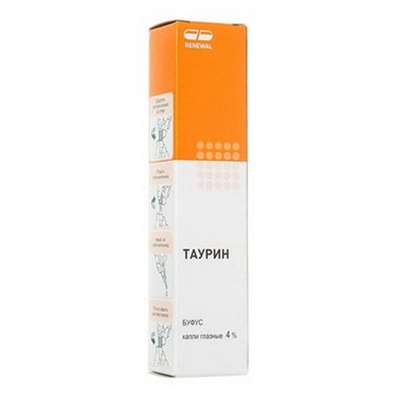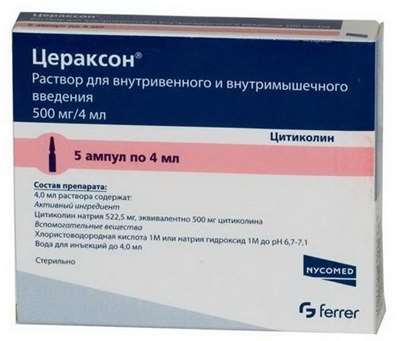Muscle Biomechanics
04 Nov 2016
Professor of Medicine, Dr. Doping tells about the mechanism of heart rate, Hill equation and the muscles of insects.
Muscles are divided into two large groups. The first - the ones that are called striated - a skeletal muscle and heart muscle, they are called striated because if you look at the muscle under the microscope, you can see that it is elongated cells, they have a transverse striations with a period of about 2 micron. Furthermore, there is a smooth muscle, they line our vessels lining the wall of the stomach, intestines, some other internal organs, which have a transverse striation.
Muscle to imagine what it is capable of creating pressure, ie the force divided by the cross-sectional area of about 4 atmospheres. The efficiency of our muscles you 50% - more than any chemical engine is better than that of an internal combustion engine, a diesel engine, not to mention the steam train, even better than that of the gas turbine. Muscle inferior to the efficiency of the engines that we use only electric, but electric motors - a refined electrical energy.
The first major step in the study of muscles at the beginning of the last century did the English scientist Archibald Vivien Hill. And so it began it's funny, he was very athletic young man, he studied physics at Cambridge and somehow realized that his results do not improve in the race for 100 yards. He briefly stopped training, and spent the time to study the muscles. As a result of it so long that I do not know how to improve its results, but at age 32, he became a member of the Royal Society, the Royal Society Academy of Sciences and received the Nobel Prize in 37 years just for muscle research.
Then it turned out that the muscles are arranged wonderfully. For example, if the muscle is relaxed, it is very soft, if we muscle straining, she tightened a hundredfold. Muscle is designed so that it can develop a greater force can be shortened, but it is impossible to develop greater power and simultaneously shortened: the higher the rate of shortening, the less force. This is so-called Hill dependence, the Hill equation. He discovered many important laws of the mechanical work of the muscle and even managed to measure its efficiency by measuring the work and at the same time measuring the heat muscles.
The next step in this science was made also mostly British scientists. It was two groups - Ralph Nidergerke and Andrew Huxley and his namesake Hugh Huxley and Jean Hanson, who looked at how this is arranged transverse striations. They realized that the striated muscles are made up of repeating structures. There walls of which stick thin thread between them swim thick filaments, and in reducing these threads do not change their length and thick thread enter between the thin and, in fact, connected with it muscle contraction. Then they suggested that between these filaments are formed from molecular bridges that were later discovered and studied. It turned out that the thick filaments are composed of myosin molecular motor that converts chemical energy into mechanical energy, and actin serves as rails, which run these molecular motors. It is clear that the muscle can not always be reduced - it must relax and shrink, especially in the heart muscle, which must be reduced once every second, then relax and fill with blood to the heart - it continues throughout our lives. Responsible for this calcium ions that bind to proteins and thin filaments or allow these bridges form, or prohibit. Thus arranged reducing regulation.
Moving thread were discovered in the mid-50s, then they were quickly learned and proteins that are responsible for it. I forgot to call our fellow citizens, it was a very important discovery. Even before the war, Vladimir Engelhardt and his colleague and wife Milica Lyubimov found that myosin isolated from the muscles, breaks down ATP is an ATP-phase. And at the same time they realize that there are motor myosin and ATP have fuel. It was the result of biochemical, then, when the structural pattern of these threads, everything came together one by one, and established a modern concept of muscle contraction.
For muscle protection you need to use Meldonium, Actovegin injections.
It is understood that the range of muscle shortening determined by the length of the thick and thin filaments. If we stretch them so that between them there will be overlap, there is no bridge, and if we cut all the way that abut thick filaments in the wall, it will no longer have to decline. It has a range of muscle contraction is very small, it is 20-30%.
In case the problem is easily solved skeletal muscles: the biceps is attached just above the elbow, so small shortening lead to large movements of the end of the forearm.
At the heart of it is not. The entire thickness of the heart muscle, the entire wall is reduced, and it has a very difficult organized fiber orientation: they are on the inner surface of the heart in one direction, then in the middle of the cover ventricle, and then sent to the other side, then there is a very complex organization, thanks to which in the entire thickness of the myocardium these sarcomeres, cutting unit, working in operating range, no one is in the area where they can not work, and this is such a complex geometry. Heart healthy person emits about two-thirds of the blood that fills the ventricle during diastole, two thirds of the ejected during systole, then there is a large change in volume, respectively, large wall shortening.
It is different smooth muscle work, there are no sarcomeres, because they change their length at times. The muscles of the stomach, intestines, muscles of the uterus (it is also smooth muscle that helps the child to be born) stretched at times, there are actin filaments and myosin are not assembled into filaments, and they are assembled and disassembled again, so it is possible for any lengths to ensure reduction .
Even more strange and unusual muscles are insects. And there is the problem lie in the fact that the frequency of flapping their wings very high. It is not possible to enable or disable the actin-myosin interaction with such frequency. Therefore, the nature of these muscles has gone a completely different way. These muscles are arranged so that their shortening quite small, is a very small percentage, but they are arranged so that when they stretch, in response to this force will be first to fall, and then after some time to grow up. They behave like material, which in a certain range of frequencies has a negative viscosity.
Then they are connected via hinges and wings when the wings are moving, the air is brought into motion, and thus even slight dragonfly wings actually attached substantial air mass. Such a system is difficult to respond to these stretching or alternatively, truncation at the attached muscles with a mass of air leads to the fact that the system becomes self-oscillating. The system includes, a given amount of calcium, appear actin-myosin bridges, and then they come in at a certain frequency vibrations, which varies by changing the calcium concentration.
Muscles - it is absolutely amazing object in terms of mechanics. Learning how they work, due not only to the fact that it is interesting, but also that there are diseases including hereditary cardiomyopathy associated with the fact that in some of the contractile and regulatory or other proteins muscles appear mutation heart or becomes huge or, on the contrary, it becomes very thick wall, because otherwise it is simply impossible to pump blood.
The study of the molecular mechanisms of how muscles work in health and why they break down when mutations - this is probably the most interesting and promising for advanced studies, because now they are maintained at the level of individual proteins: can distinguish proteins from the heart, from the muscles and see how they work, how they are regulated.

 Cart
Cart





